Reflex Flashlights Reflex1 Updated

Reflex Flashlights is a new company that has only made one light. This light has some special functions, it can be programmed from a computer (Only updated version) and it can automatic adjust brightness. It can have from 1 to 9 modes, selected between the modes is done with a off/on power cycle and it will remember last selected mode. The light is made of aluminum with hard-anodized (Type 3) finish.

The company has not made any nice box for the light, I got it in a plain white cardboard box and with some extras outside the box.
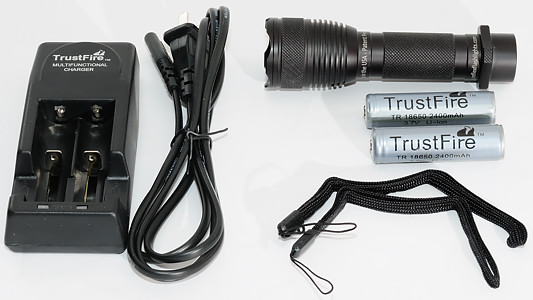
The box only contained the light and two lanyards. The extras was a charger and two 18650 batteries. Manual and programming software is not included, but can be downloaded from the manufactures website.
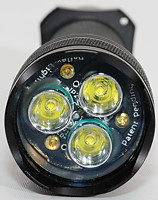
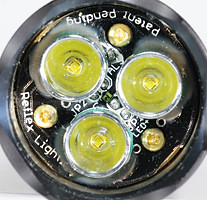
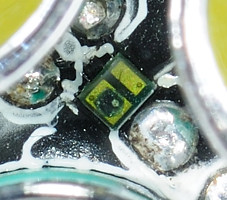
A look from the front of the light shows that something is different, it has 3 leds and in the center between the leds is a light sensor.

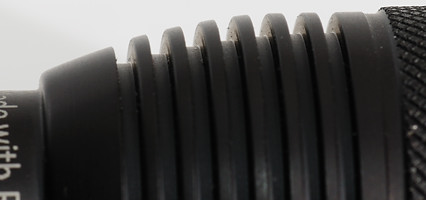
On the front part of the head there is some knurling, then the heat sink.
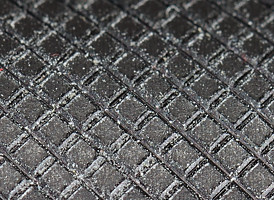
The body has the same type of knurling as the head. This knurling has some bite to it.
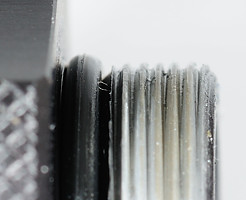
The threads for the tailcap are smooth.
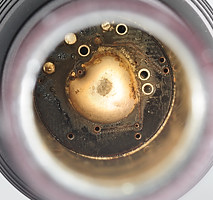
A look into the battery tube shows the connection to the plus pole on the battery, this is just a large solder blob.
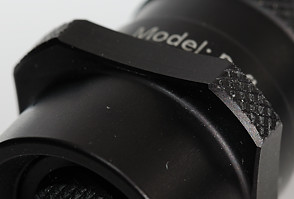
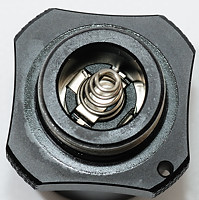
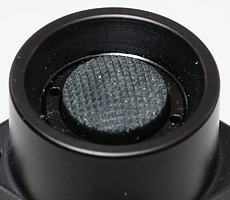
The tailcap has a square ring that can be used as a grip ring and prevents the light from rolling. The switch is placed low enough for tail standing the light.

This is the parts I could disassemble the light into without using tools.
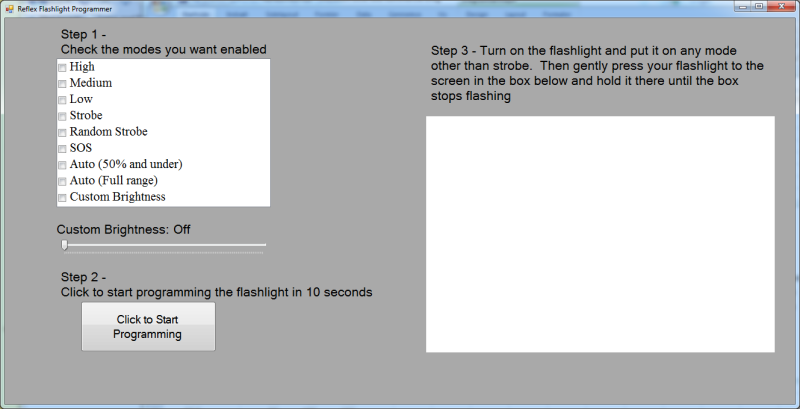
To program the modes of the light a simple software is used. Checkmark the wanted modes and hold the light up to the screen for programming. The communication is one way, from the screen to the flash light, the program does not know if there is any flashlight or if the programming succeeded. A successful programming can be seen on the light, it will start flashing.
The first screen I tried on failed, the next screen worked fine and has worked since. The program recommend adjusted the brightness on the screen if programming fails. The custom brightness setting goes from 4% to 85% pwm.
The mode called SOS is not a SOS but a slow flashing mode (I call it beacon in the measurements).

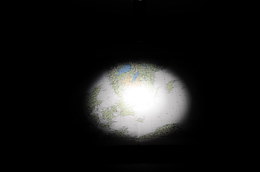
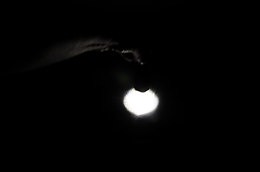


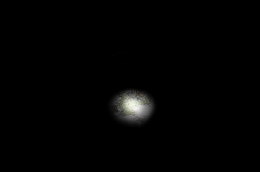
In the above two picture series I have tried to illustrate the auto feature. The first row is without auto, this overexposes the map when I move the light closer. The second row is with auto enabled and the brightness goes down when the light comes closer. This is very obvious in the last column, only with auto enabled is it possible to see the map.
This might be practical for people that have to switch between using the light for long distance and for close-up work. Aim it at something very close (like a notebook) and the bright goes down to an acceptable level. The light is supposed to have many steps when dimming, but the actual dimming is not very smooth.
With the auto brightness adjustment and computer programability this light is a bit special. The light also has a beam profile without any throw, this is very useful at shorter distances. This works fine with the auto adjust, that also needs short distances to work. It is an interesting light to play with and the auto adjustment can be practical? For the programming I would also have liked an options to shuffle the brightness sequence and to enabled/disable memory mode.
Technical specification and measurements
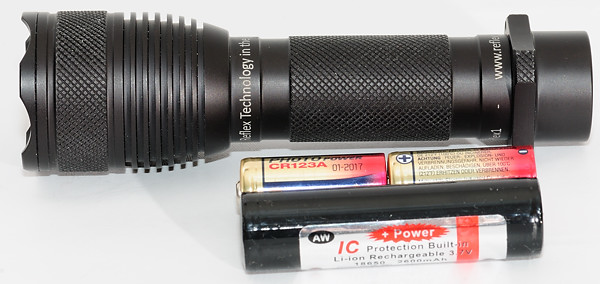
This light is designed for 2xCR123 or 1x18650 LiIon battery.
Measured size and weight:
Length: 133 mm
Diameter: 24 mm to 38 mm
Weight: 165 gram with CR123 and 179 gram with AW18650-2600
The light uses 3 small power leds.

In the above table I have used 2600mAh 18650 and 1400mAh CR123 batteries for measuring and estimating runtime. The estimated lumen are based on the specified 225 lumen and then scaled according to measured brightness.
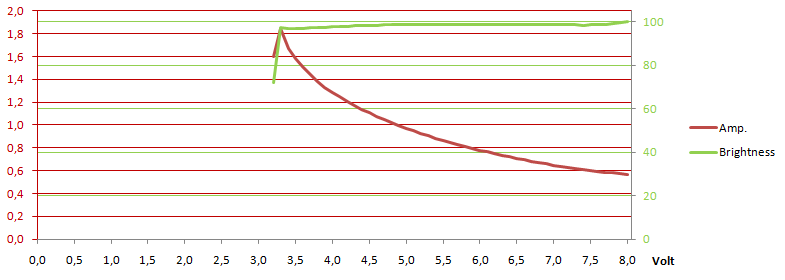
The voltage scan shows that the light is stabilized down to about 3.3 volt. When the voltage goes below that the light start flashing, but there is no LiIon protection.
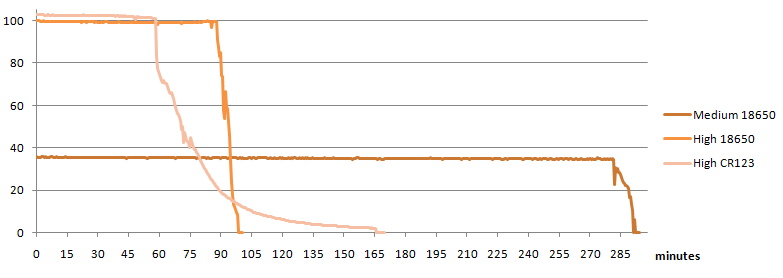
The runtime also shows good stabilization for both CR123 and 18650 batteries and that CR123 batteries gives a long time with falling brightness.

This light uses pwm at 100 Hz and it is present at all brightness settings, also on high as the above trace shows.

Medium with pwm.


On low the pwm is just a spike.

The strobe is 16 Hz with 50% duty cycle, but the curve looks funny. This is because the off part of the strobe is not really off, the pwm is still on at a very low brightness setting.

The random strobe is usual between 4 and 8 Hz and also has a low brightness pwm when off. To make it possible to see the strobe pulses I used a filter to remove pwm.

Here I had expected to show a SOS, but it was a slow flashing mode. The light is on for 0.2 second with 1.3 second between flashes. Again I have applied a filter to remove pwm.

I tried to capture a programming sequence from the screen, as can be seen it takes 30 seconds. The number of selected modes does not affect the actual programming time. It also looks like there is transfered a lot more data than is needed for 8 modes and custom brightness, this might be because data is transfered multiple times or because the light has some extra settings/functions that is not supported with the current programming tool.
Comparison to other Flashlights
Reflex Reflex1, Ray X60, 4Sevens Maelstrom G5
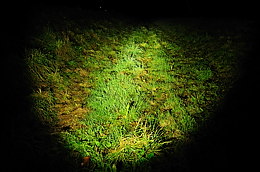
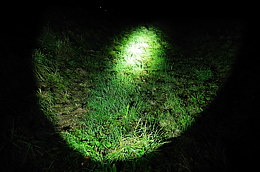
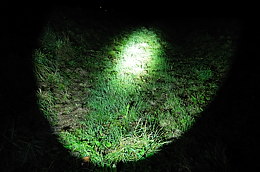
JetBeam RRT-2 Q5, ITP R01, SureFire E2DL
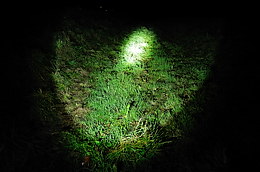

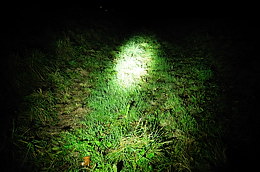
For the full comparison to other lights with graphs and beamshots see here.
The included lights are:








































